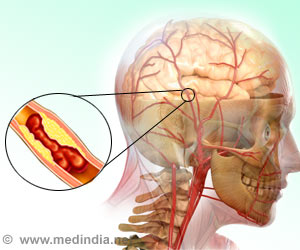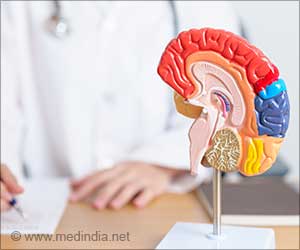Scientists have taken a major step in cell research by unravelling how stem cells differentiate and what are the corresponding changes that take place during DNA replication and reorganization.
The groundbreaking study led by David M. Gilbert, an eminent molecular biologist at Florida State University, has now taken scientists a step closer to the central goal of stem cell therapy- to successfully convert adult tissue back to an embryo-like state so that it can be used to regenerate or replace damaged tissue.Stem cell therapies also holds promise of developing treatments or cures for cancer, Parkinson’s disease, multiple sclerosis, spinal cord injuries and a host of other devastating disorders.
Focussing their study on mouse and human embryonic stem cells, the researchers made use of advanced imaging techniques and high-tech genomics technology to show which DNA sequences are replicated first, and which occur later in the process of differentiation.
"Understanding how replication works during embryonic stem cell differentiation gives us a molecular handle on how information is packaged in different types of cells in manners characteristic to each cell type. That handle will help us reverse the process in order to engineer different types of cells for use in disease therapies," said David M. Gilbert, the study’s principal investigator.
He added: "We know that all the information (DNA) required to take on the identity of any tissue type is present in every cell, because we already can, albeit very inefficiently, create whole animals from adult tissue through cloning.
"We also can make a kind of artificial embryonic stem cells, called induced pluripotent stem cells, out of many adult cell types, but there are two major hurdles remaining. First, the methods currently used rely on the unnatural retroviral insertion of genes into patients'' cells, and these genes are capable of forming tumors. Second, this method is very inefficient as well because only one in 1,000 cells into which the genes are inserted becomes pluripotent. We must learn how cells lose pluripotency in the first place so we can do a better job of reversing the process without risks to patients.
Advertisement
"In doing so, they have tucked away the information they no longer need on how to become other cell types. Hence, all cells contain the same genetic information in their DNA, but during differentiation they package it with proteins into ''chromatin'' in characteristic ways that define each cell type. The rules that determine how cells package DNA are complicated and have been difficult for scientists to decipher."
Advertisement
"During this process, which was the focus of our FSU research, it’s not just the DNA that replicates. All the packaging must be replicated as well in each cell division cycle," he said.
He explained that embryonic stem cells have many more, smaller "domains" of organization than differentiated cells, and it is during differentiation that they consolidate information.
"In fact, ''domain consolidation'' is what we call the novel concept we discovered," he said.
The study, titled "Global Reorganization of Replication Domains During Embryonic Stem Cell Differentiation," has been published in the latest edition of PLoS Biology.
Source-ANI
SRM













